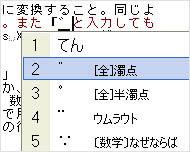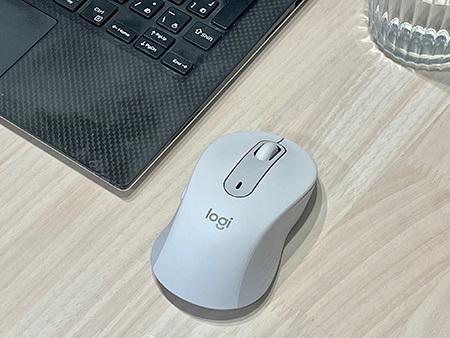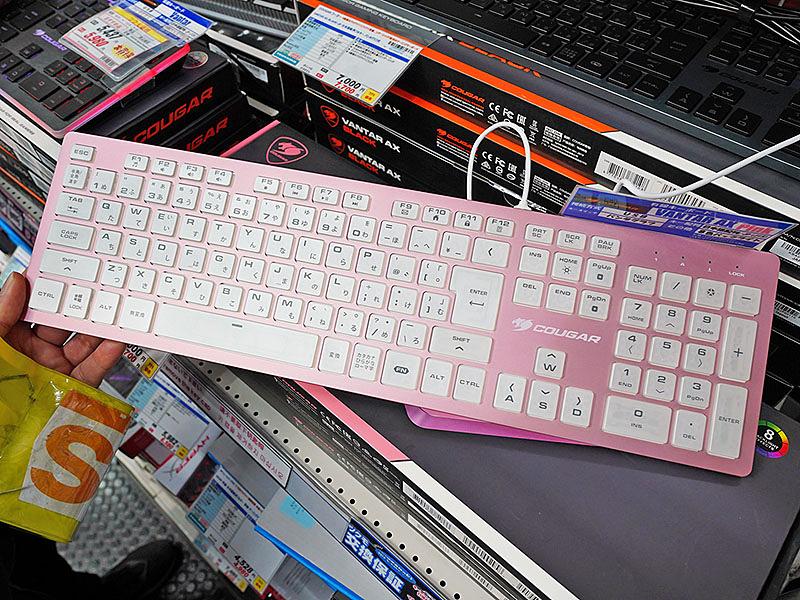Can I enter "Ah" in Roman character input: 3 minutes lifehacking
The other day, he posted a way to avoid the boss's "Roman character input method" attack.The Roman Hayami Mouse Pad introduced, even "Va" and "Pya -line" seem to be convenient.I was thinking about purchasing my parents' parents.
However, what is personally troublesome is "Ah" or "I", or if it is a normal Roman character input, it is not possible to enter a vertical point or semi -cloudy point.I tried some trial and error, but I couldn't find a way to enter it.
Of course, there is also a way to change the settings from Roman alphabet input to "Kana input".In this case, the "@" key of the Roman character input becomes a cloud -point key, and the "(Kagu parenthesis)" key next to the @ key becomes a semi -cloudy key.It seemed that it was solved for a moment, saying that this could be input in one shot, but in the case of the writer, the input is obviously hindered by the work.
If you are particular about Roman character input, you can do the following method, although it is a little aggressive.If you convert characters containing a turbid point or semi -vertical point to half -width kana, you will be able to copy the turbid point / semi -cloudy point alone, so paste it to any place.For example, if "Gundam" is half -width, the kana and the cloud point can be copied, such as "Kantaum", and the cloudy point can be copied.It may be an "important technique" when using a half -width muddy point / semi -cloudy point, but it is a little detour.
The input method that finally arrived was to enter "Dakuten" and convert it to "" ".Similarly, when I entered the semi -cloudy point as "soldering", I was able to enter "゜".Even if you enter "Ten", you can convert it to "" "and" ゜ ".By the way, my test environment is Windows XP, MS-IME 2003.There may be different ways in other Japanese environments such as ATOK.

In addition, in symbols, if you enter "Kara", you can convert to "~ (full -angle wave line)" and "~ (half -width tilder)".If you enter "Ten", you can convert it to "(Nakuro)" or "... (3 -point reader)" in addition to punctuation points / clouds / semi -cloudy points.Unusual places, you can remember "∴ (because of this)", "∵ (why)" used in mathematics proofs, and "¨ (umlaut)" used in European languages, so keep in mind.It may be useful.
The story flew.After all, is there a way to input "Ah" or "I" with Roman alphabet input clearly?If you know something, please let me know or tell me through Hatena Bookmarks and Trackbacks.
20:10
Many people taught me how to input "Ah" in Roman letters input.By around 19:30, I was taught 6 cases via "Everyone's Lifehack", one in trackback, and one in Hatena Bookmark.thank you.
When I divided what I taught, there were two major things.The majority is that MS-IME converts "" (double quoted mark) as a cloud point and "'(quotation mark)" to a semi-cloudy point.It was pointed out on the blog "Chuchutan or BATZ" and Hatena Bookmarks that tracked the article.The other is to register the dictionary of "A" obtained by some kind of input method.Some people wrote both.
The method of converting the double quotation / quotation mark is as simple as the method of inputting "Dukiten" and "soldering" introduced in the text, which is easier to feel.Once you have completed the dictionary, you will be able to enter in one action.Therefore, these solutions are "solution 2" in "Today's recipe".I decided to add it as 0.I would like to add it as needed if there is a strange idea.
I would like to thank the readers for telling me again.thank you very much.
| 解決法2.0 | 二重引用符/引用符を変換する。辞書登録する |
|---|---|
| 解決法 | 「だくてん」「はんだくてん」もしくは「てん」と入力し、「゛」「゜」に変換する |
| テスト環境 | Windows XP、MS-IME 2003 |







